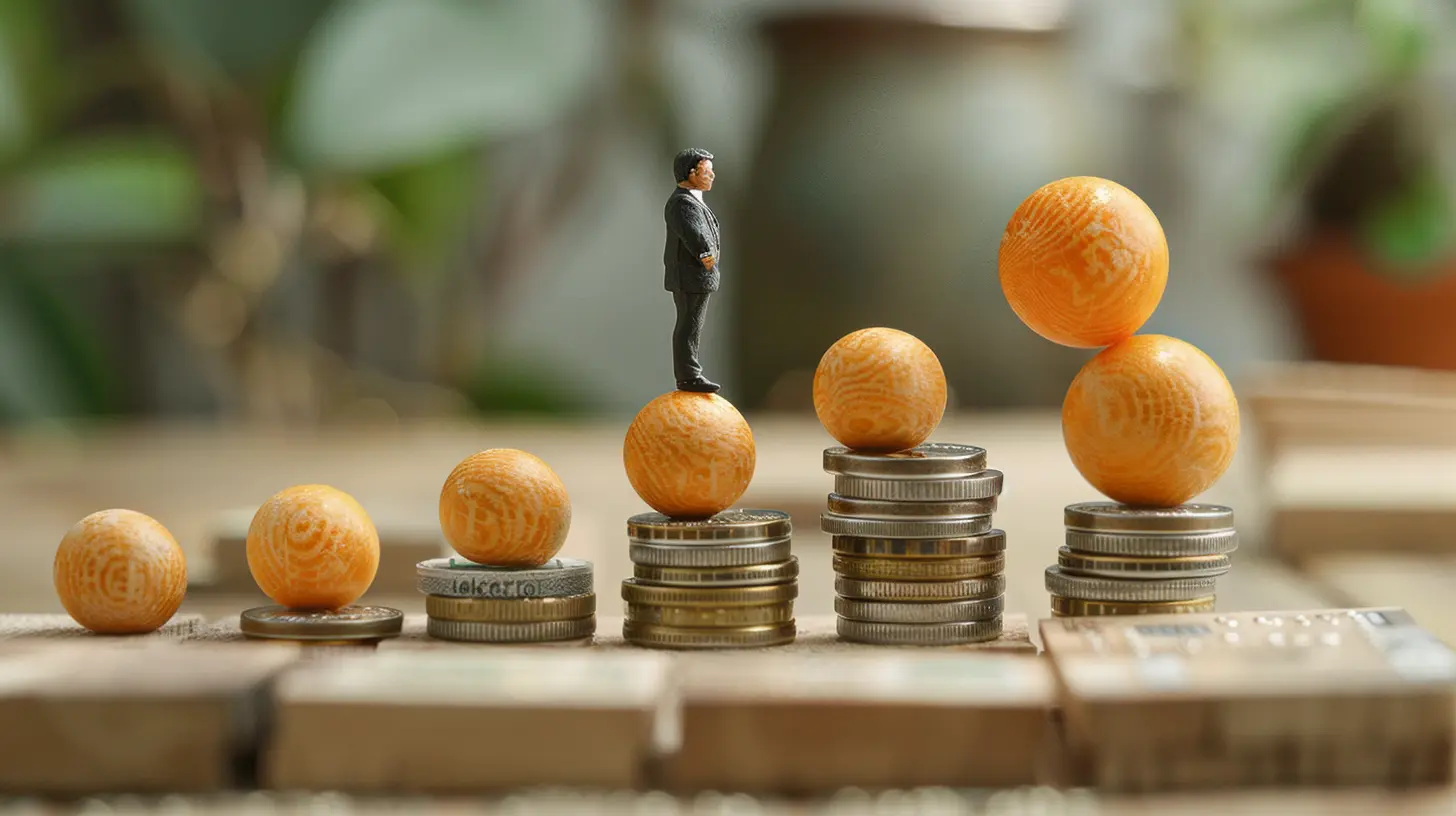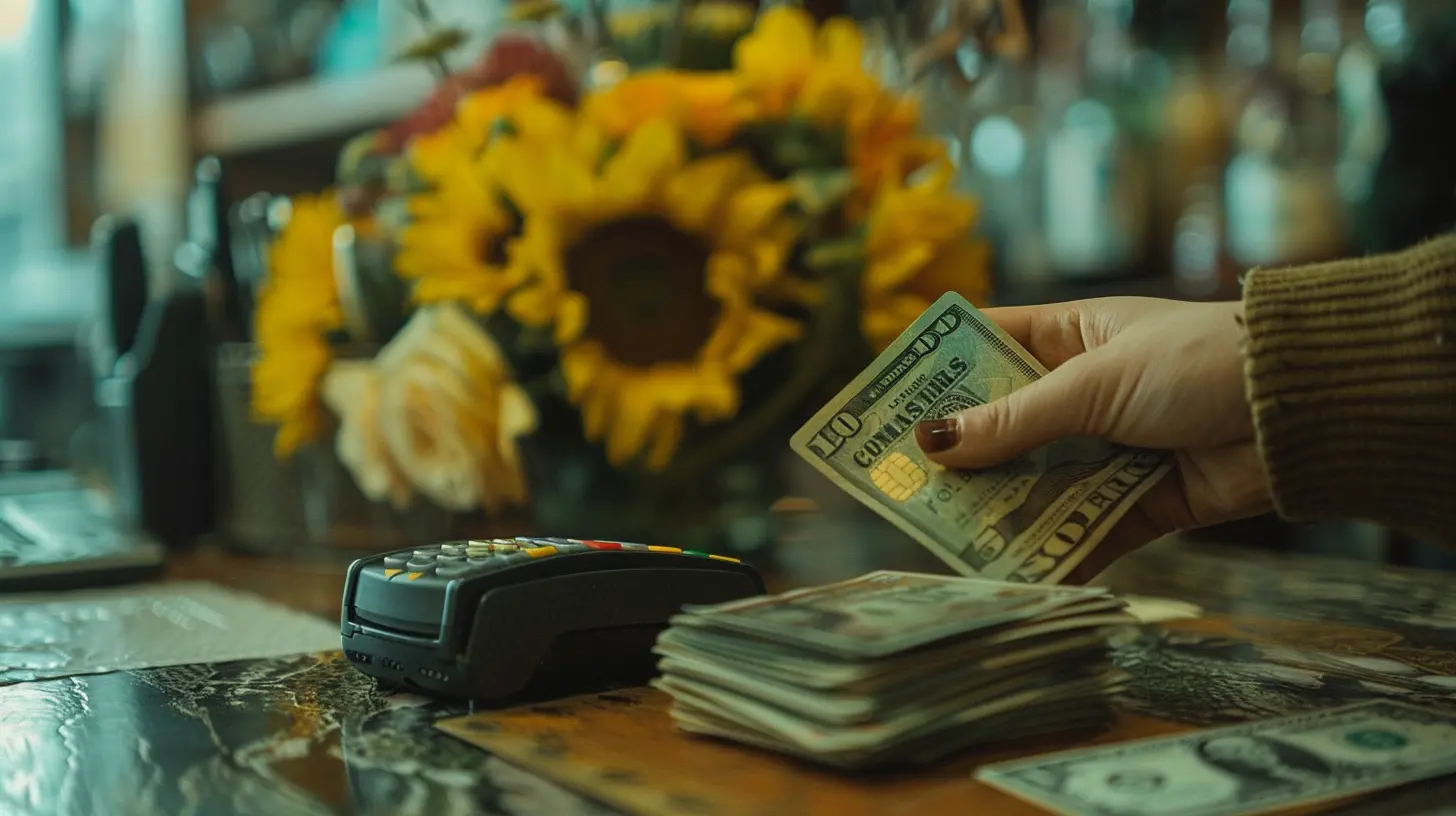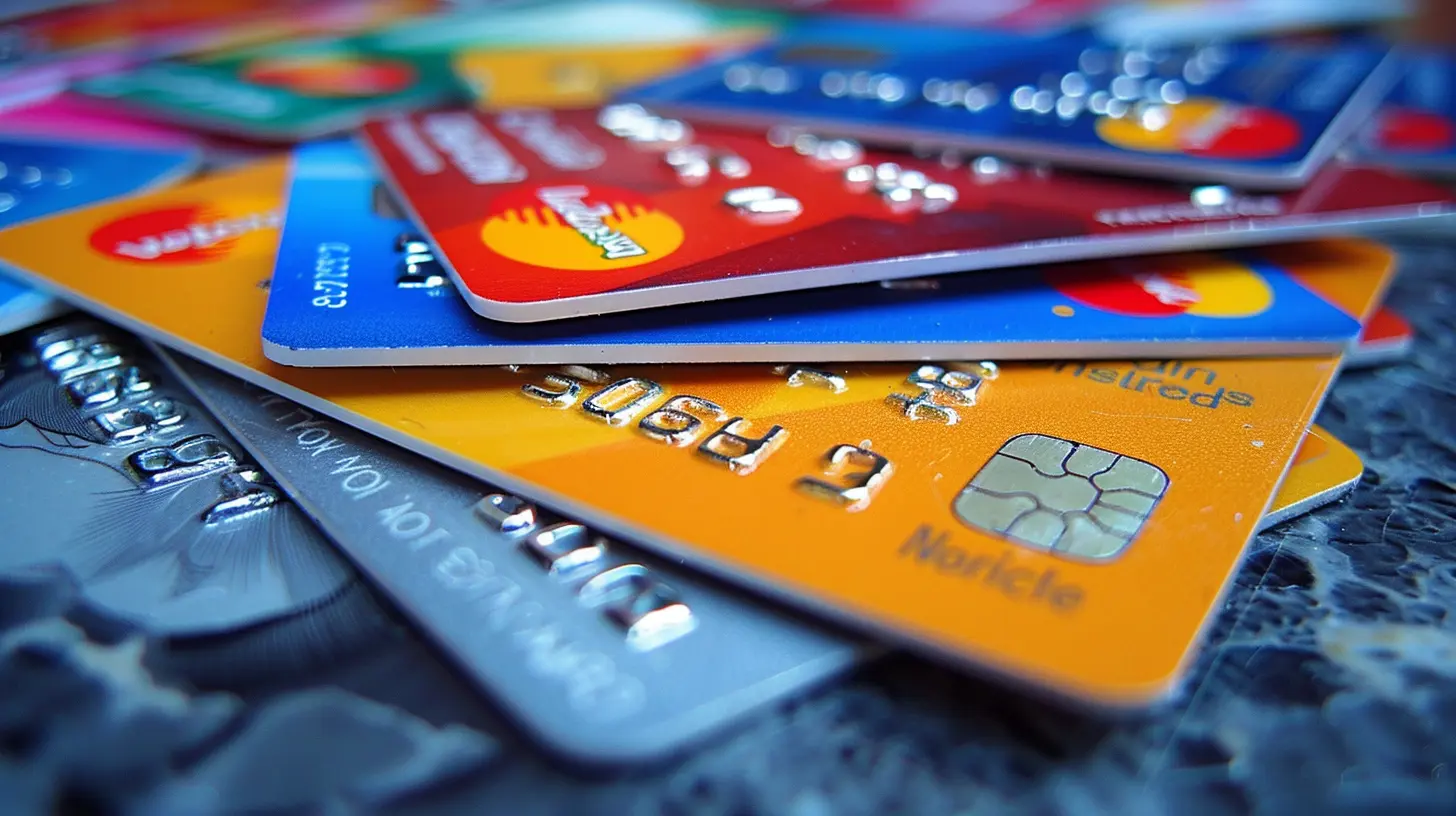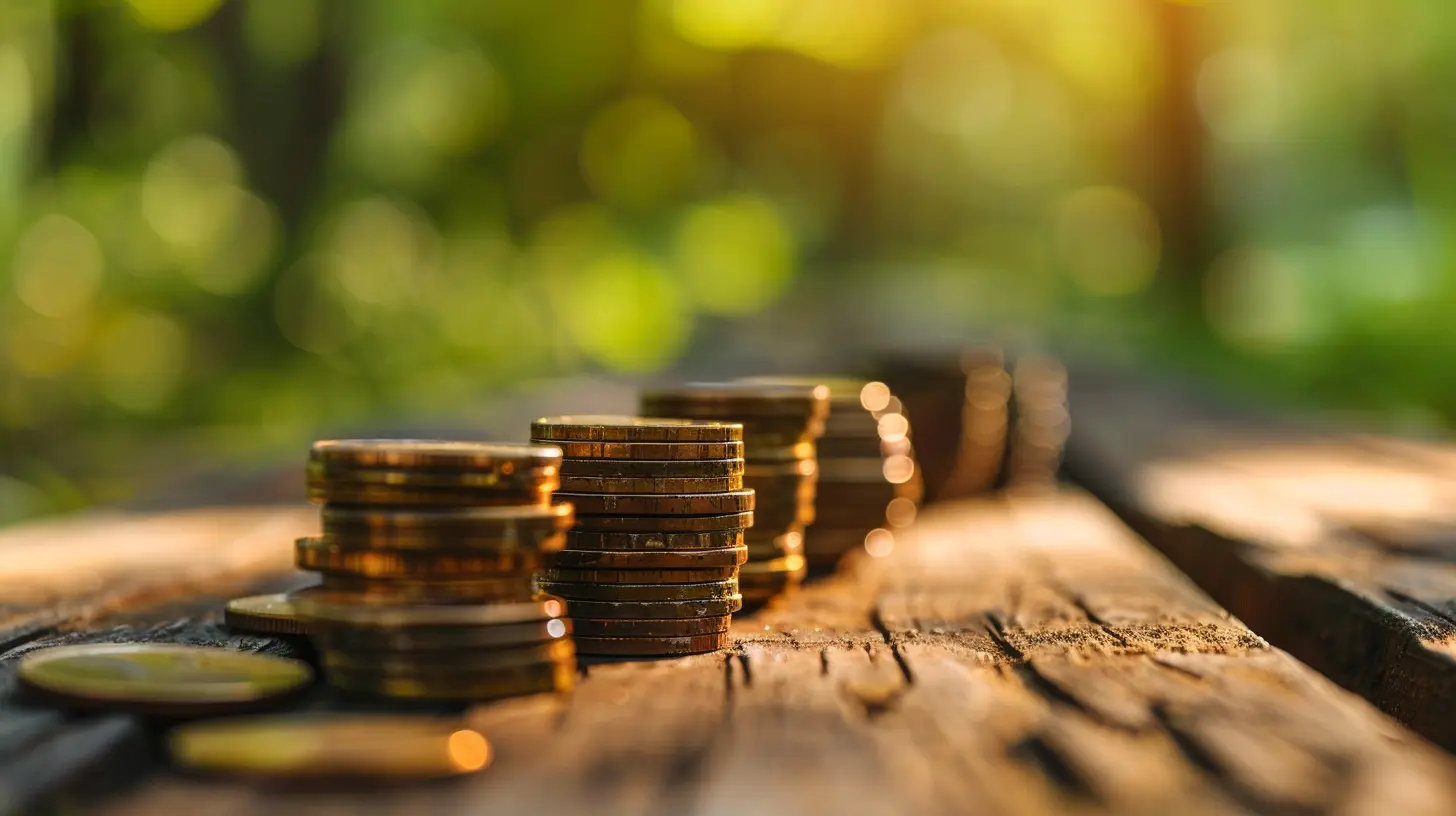11 February 2025
Credit cards—those little plastic rectangles in your wallet—can feel like magic, right? Swipe, tap, or insert, and voila! You can buy things even when your bank account is running on fumes. But here’s the catch: what feels like a short-term solution can turn into a long-term financial headache if you’re not careful. And at the center of this storm is one pesky villain: interest rates.
In this guide, we’re diving deep into the world of credit card debt and how those sneaky interest rates can work against you. Buckle up—it’s time to get real about managing your money smarter.
What Is Credit Card Debt?
Let’s start with the basics. Credit card debt is pretty much what it sounds like: money you owe to your credit card company. It happens when you don’t pay your full balance by your card’s due date. Instead of wiping the slate clean, your unpaid balance carries over into the next billing cycle, racking up interest fees along the way.In short? It’s like borrowing money from the credit card issuer to make purchases, but here's the kicker—you have to pay it back with interest if you don’t settle up fast. 
The Silent Cost of Interest Rates
So, what exactly are interest rates? Think of them as the price you pay for borrowing money. When you carry a balance on your credit card, the credit card company charges you interest based on your card’s Annual Percentage Rate (APR). Sounds straightforward, right? But it’s not as innocent as it looks.Here’s the thing about interest rates—they’re compounding. That means they don’t just charge you interest on your original balance; they also charge interest on top of the interest you’ve already racked up. It’s like a snowball rolling downhill, getting bigger and bigger as it picks up speed. Before you know it, you’re stuck in an avalanche of debt.
How Credit Card Interest Rates Work Against You
Let’s break it down. Imagine you have a credit card balance of $2,000 and your card’s APR is 20%. If you only make the minimum payment—let’s say $50 per month—guess how long it’ll take you to pay off that balance? Over 12 years and 4 months, and you’ll end up paying more than $2,700 in interest alone! Yep, you’ll have paid more in interest than your original debt.Still think interest rates are no big deal? Think again.
Minimum Payments: The Debt Trap
Making only the minimum payment might seem like a good idea—it’s the smaller, “easier” option, right? But here’s the catch: minimum payments are designed to keep you in debt longer. They barely scratch the surface of the principal balance (the actual amount you spent). Most of your payment goes toward interest, while your debt lingers in the background like an uninvited guest who never leaves.High APRs: The Silent Killer
Not all credit cards are created equal. Some cards come with jaw-droppingly high APRs—25%, 29%, or even higher. If you’re carrying a balance on a high-APR card, you’re paying through the nose in interest every single month.Think of it like this: it’s as if your credit card company is slowly siphoning money out of your wallet while you’re not looking. Over time, that invisible cost adds up big time.
The Long-Term Impact of Credit Card Debt
Carrying credit card debt isn’t just a numbers game. It can seriously mess with your financial health—and even your mental health. Here’s how:1. Credit Score Damage
Your credit utilization ratio (how much of your available credit you’re using) plays a big role in your credit score. If you’re maxing out your credit cards or carrying high balances, your score could take a nosedive. And a lower credit score can make it harder to qualify for loans, mortgages, or even a new apartment.2. Opportunity Cost
Every dollar you pay toward interest is a dollar you’re not saving or investing. Instead of letting your money grow in a savings account or retirement fund, you’re handing it over to the credit card company. It’s like throwing money into a black hole.3. Stress and Anxiety
Let’s be real: carrying debt can weigh on you. The constant worry about making payments, avoiding late fees, and trying to dig yourself out of a financial hole can lead to sleepless nights and plenty of stress.How to Avoid the Interest Rate Trap
Now that we’ve established how interest rates can work against you, let’s talk solutions. The good news? There are ways to avoid falling into the credit card debt trap.1. Pay Your Balance in Full Every Month
This one’s simple but powerful. When you pay your credit card balance in full by the due date, you avoid paying interest altogether. Yup, zero interest. It’s like hitting the pause button on that debt snowball.2. Create a Budget
A solid budget can help you track your spending and avoid unnecessary purchases. By living within your means and planning ahead, you can keep your credit card balances manageable—or avoid them altogether.3. Use Balance Transfer Offers Wisely
Got a high-interest credit card? Consider transferring your balance to a card with a 0% introductory APR. This can give you breathing room to pay off your debt without the added burden of interest. Just make sure you read the fine print—balance transfers often come with fees, and the 0% APR is usually temporary.4. Make Extra Payments
Even if you can’t pay your full balance, try to pay more than the minimum. Every extra dollar goes toward reducing your principal balance, which means less interest in the long run.5. Negotiate a Lower Interest Rate
Did you know you can call your credit card company and ask for a lower APR? It might sound crazy, but many companies are willing to negotiate—especially if you’ve been a responsible customer.6. Avoid Impulse Spending
Credit cards make it easy to overspend. Before you swipe, stop and ask yourself: “Do I really need this?” Practicing self-control is one of the best ways to avoid unnecessary debt.Final Thoughts: Don’t Let Interest Rates Win
Credit card debt is like quicksand—the longer you’re in it, the harder it is to get out. And with high interest rates working against you, climbing out of that hole can feel impossible. But don’t lose hope! With smart strategies, discipline, and a little bit of knowledge, you can take control of your finances and break free from the cycle of credit card debt.Remember, credit cards are tools—they’re neither good nor bad. It’s all about how you use them. Treat them responsibly, and they can work for you instead of against you.











Aurelia McAlister
Credit card debt can feel like quicksand—easy to fall in, hard to escape!
April 3, 2025 at 5:00 AM